A couple weeks ago, I began my offseason review of all things Diamond Dynasty in MLB The Show 22. We talked about content in general as it pertained to Chase packs and market changes all the way to card art and card series. Content has been king in The Show for quite a while now and that remains true. That amazing content is typically delivered via programs within Diamond Dynasty. SDS changed things up a bit this year by introducing Featured Programs, but this still remained the primary content pipeline in The Show.
Did this change in delivery enhance the mode or leave a lot to be desired?
Diamond Dynasty Year In Review: Programs
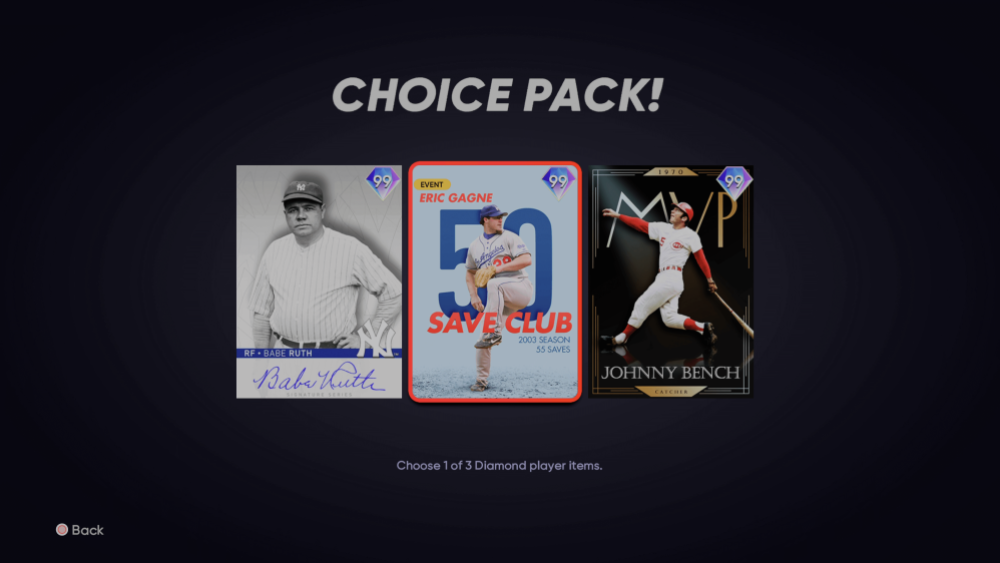
Featured Programs
Debuting this year in Diamond Dynasty were Featured Programs. The lifeblood of the DD content cycle, these programs unleashed new cards to the masses every couple weeks. While there was definitely a different overall structure and a new name, for all intents and purposes these remained pretty similar to what was in DD in the past.
There were still choice packs that featured Bosses that we could earn during our grind, and we could still sell our spoils on the marketplace. However, the big change in most of the Featured Programs this year was the inclusion of up to 30 Bosses. The Faces of the Franchise, Future of the Franchise, 2022 All-Star, Legends of the Franchise, and Finest of the Franchise all featured more than two-dozen Bosses. We even had “smaller” Featured Programs that featured between 3-9 Bosses, often allowing us to choose a handful from each set.
Suffice to say, more choice typically promotes a lot more fun for the community and having a chance to add multiple top-tier cards with each program was certainly an enjoyable twist.
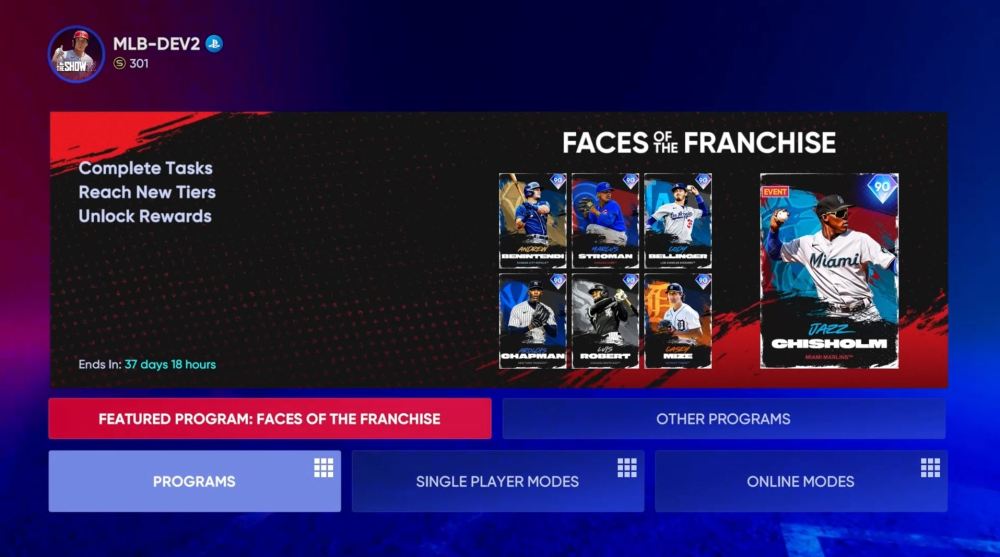
When the Faces of the Franchise program was unveiled at launch, it set the pace for Featured Programs by being a complete game changer. Not only did we get a smattering of 30 Bosses to choose from, we were able to choose 12 of those cards if we hit each choice pack in the program path. Considering the Innings Programs had been recycled for three straight years, this was certainly a welcome change to Diamond Dynasty. Earning four-times the usual number of Bosses would allow players to quickly and easily upgrade their team
Perhaps more impactful, SDS dropped some huge names in the initial program, which was a departure from their typical strategy. Superstars like Ronald Acuna Jr. and even Mike Trout were featured Bosses in the Faces of the Franchise Featured Program. Guys like that were typically reserved for mid-to-late-season programs when the 99 overalls were coming out to play. Those two specifically are also typically very expensive Live Series cards, with Trout the perennial gatekeeper of the Live Series collection.
This allowed the community to play with two of the most popular players in MLB without spending a ton of real money to access them. It might sound like a relatively minor detail, but this was one of the biggest wins for SDS this year in my opinion. It didn’t tank the Live Series but allowed players a chance to use guys they wanted to long before typically having access to them. This trend continued to a degree all year, but starting off the year with a huge surprise like this set the tone for content.
Halladay And Friends
As previously mentioned, Featured Programs followed a similar trend all year. One notable exception came with one of the coolest and most unique Programs SDS has ever released in Diamond Dynasty.
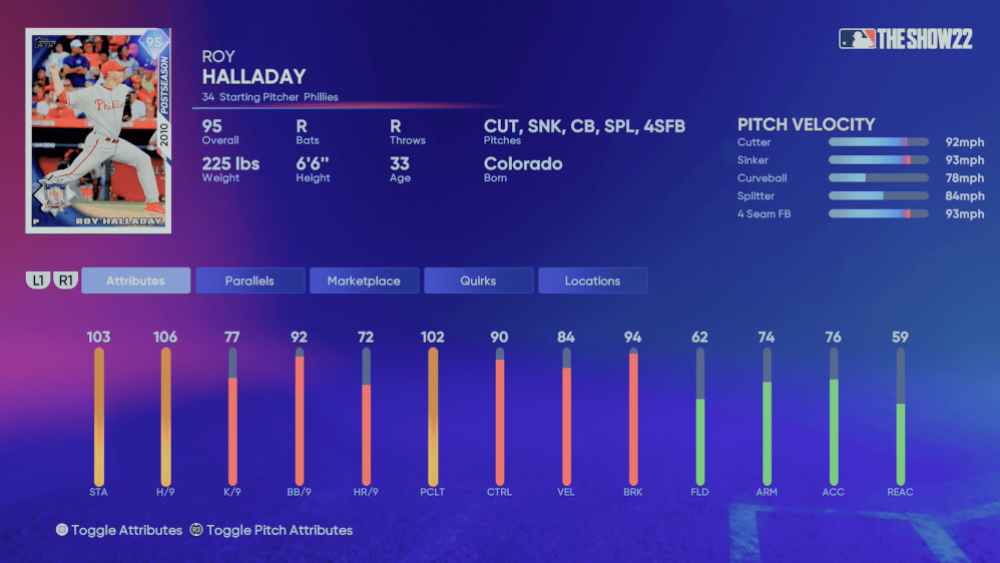
The third Featured Program was centered around the late Roy Halladay. One of the most requested players in Diamond Dynasty, Halladay was highlighted in full glory by being the sole Boss that featured some of his most notable teammates along the reward path. Culminating with a Postseason Roy Halladay, this program brought Doc to DD and SDS absolutely nailed the delivery. You could argue that the program wasn’t “unique” as it was essentially a beefed up player program that we had seen before, but that’s what made it so cool. We got all the usual Featured Program bells and whistles, a handful of “lesser” cards featuring Doc’s teammates that ended up being free cards that helped with future collections, and I just found it to be an enjoyable program.
In fact, I wish SDS would do this more often. They could even expand to include historical footage and narration to truly make it a celebration of the player being featured. I’ve been in love with baseball since I was a five-year-old kid and have grown to adore the history of the game. Incorporating some of that history into the game during programs like this would not only freshen the experience and make each program more unique, but could also help the younger generations grow to love game even more.
The Downside
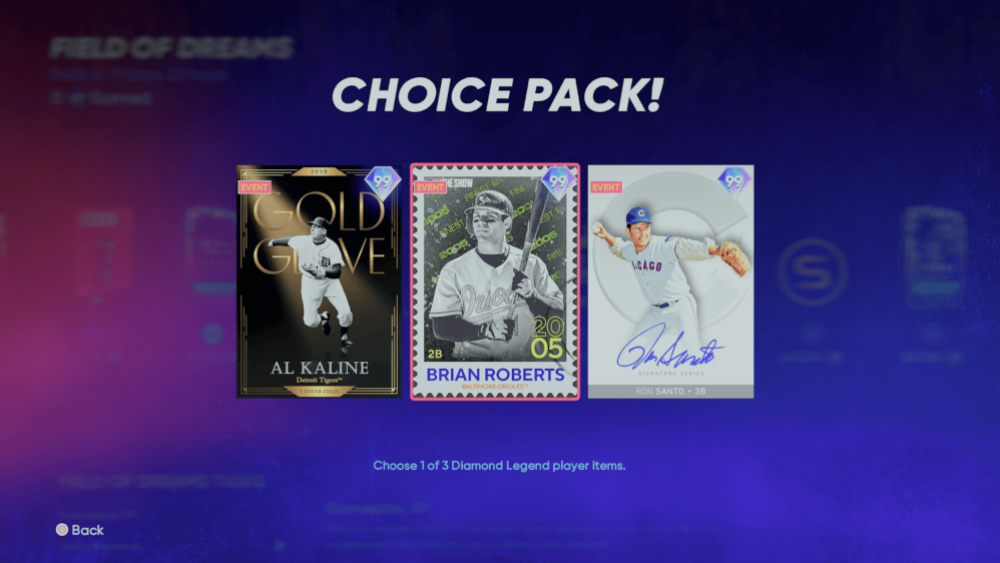
I was a big fan of the Faces of the Franchise Program and Halladay and Friends as mentioned above. They provided some unique substance that was often missing from Inning Programs and were bright spots of innovation. But outside of some programs featuring fewer cards, Featured Programs remained pretty much the same all year. We even got a couple “throwback” programs that emulated the Innings Programs by offering three Bosses and a single choice among them. The altering number of Bosses certainly kept things interesting as we didn’t know exactly how many new cards we’d get our hands on each month. That not only had an effect on team building but certainly affected investing and collections.
There were some duds this year like the Future of the Franchise and Field of Dreams. The Future Stars cards were all very similar and there was no real differentiation between the various cards. Given that they were mostly prospects that hadn’t made an impact anywhere yet, the lack of a bond when choosing a player from your favorite team or a childhood hero was lacking here. Perhaps that was the point and SDS wanted to introduce the Diamond Dynasty community to some of the top prospects in baseball by making the attributes similar, thereby encouraging choice to improve your roster versus name recognition.
The Field of Dreams Program was a disappointment to me because that same Program was probably my favorite Program in DD history last year. Stripped of the character that 21‘s Field of Dreams possessed, this year it was just another program.
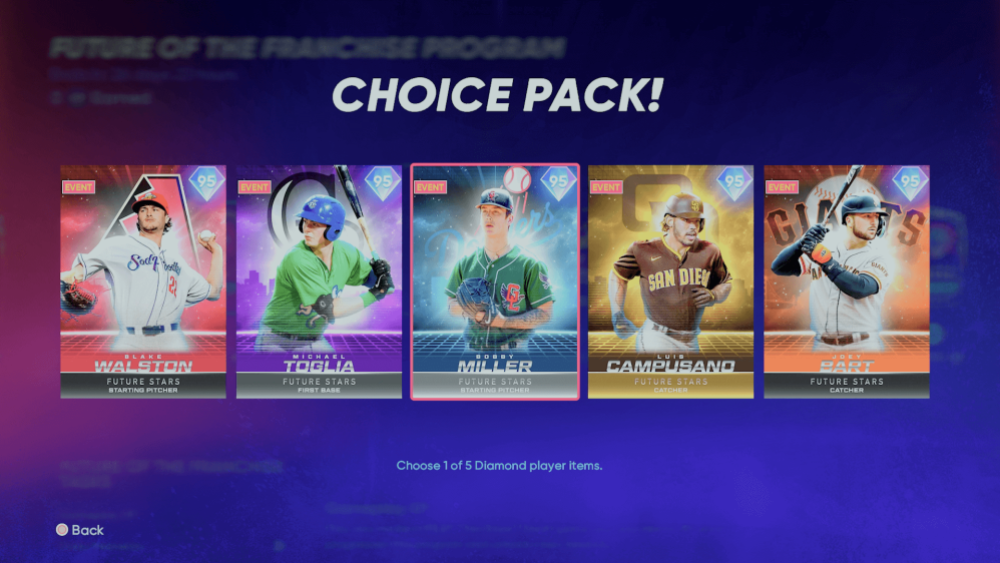
The Legends of the Franchise Featured Program, however, was one of the better releases in DD history. Not only did we get unexpectedly supercharged versions of guys like Steve Finley and Jorge Posada, we got a bunch of secondary position eligibility that I don’t think any of us ever dreamt would be possible in Diamond Dynasty. This program could go down in history as one that changed the game. The Takashi Okazaki series gave us “fantasy” cards with made-up attributes that produced some of the best cards all year. The Legends of the Franchise program gave us juiced Legends that could play positions we had never seen. I don’t know how far down the rabbit hole SDS is willing to go in this realm, but I’d love to see what else they cook up.
…And It’s Gone
One downside was not knowing how much time we’d really have to max out on the Bosses each program. The bigger programs often gave us close to a month to grind while the shorter ones created some panic as it could be two weeks or less.
I realize that FOMO (fear of missing out) is a huge component to online modes like Diamond Dynasty. It generates revenue and the constant fight to get marginally better to compete online is why many play the mode. But there was no real way to go back and earn any prior bosses you might have missed. In the past, the Inning Programs would essentially be archived and you could still complete missions, Showdowns, or Conquests to earn Program Stars to make progress in the expired program. That didn’t exist so those programs that went by quickly might have been unobtainable to a lot of players.
SDS remedied this to a degree by dropping some former Bosses into Chase packs, but not all former Bosses found their way into packs. That was a bummer, and combined with the heartbreaking letdown of pulling a former Boss from a Chase pack, I just feel like SDS could bring back archived programs and allow people to complete them at any time throughout the year. It’s exactly how Other Programs function and I see no reason why the bread and butter can’t be on the table all year.
Monthly Awards
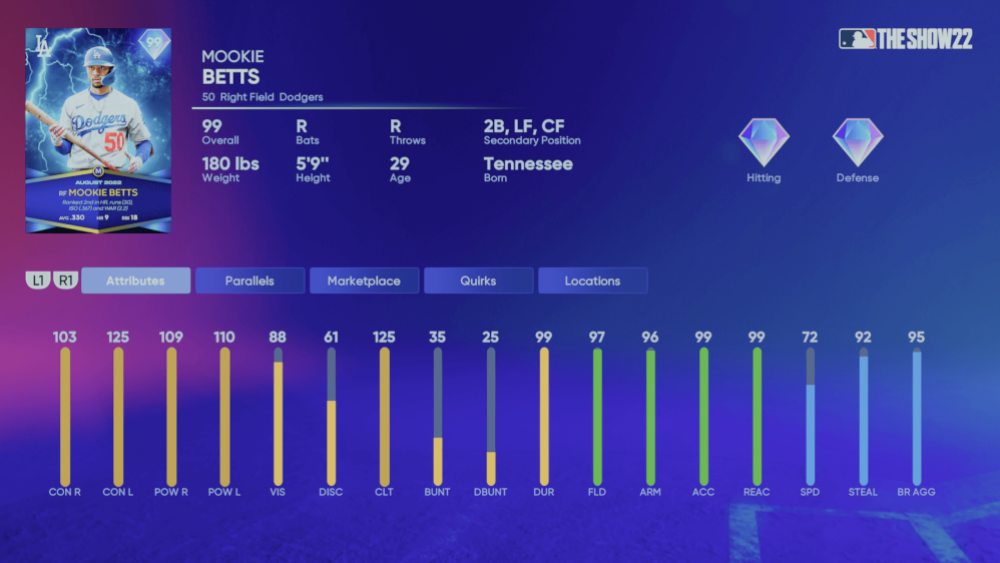
One of the biggest disappointments for me this year was the structure of Monthly Awards. Yet another example of SDS nailing it last year and punting it this year, the grind to complete the Monthly Awards was excruciating this year. Last year, it was a combination of player and team-specific missions that you would complete in the program path to unlock new cards. It promoted using different cards and generally didn’t take too long while being a burst of fun.
This year, however, SDS clearly wanted the grind to take a bit longer with PXP being the grind versus stats. While I love the PXP system and want it to remain and be innovated on each year, using it as the primary grind method was a poor choice as it simply takes ages to reach the requisite amount. That’s mainly due to the 8 at-bat minimum for PXP stats to count. Last year, you could simply load up the players you’re grinding, stack them at the top of your lineup, and play away games at Coors or created stadiums with max elevation and swing away. Because of that PXP minimum, if you didn’t essentially bat around in the first inning, you had to either play the field and get three outs or quit the game and restart, hoping that you got 8 ABs in the first inning. Yes, that is often fairly easy to do if you’re decent at the game and playing on Rookie, but it simply bogged down the grind and made it way less enjoyable.
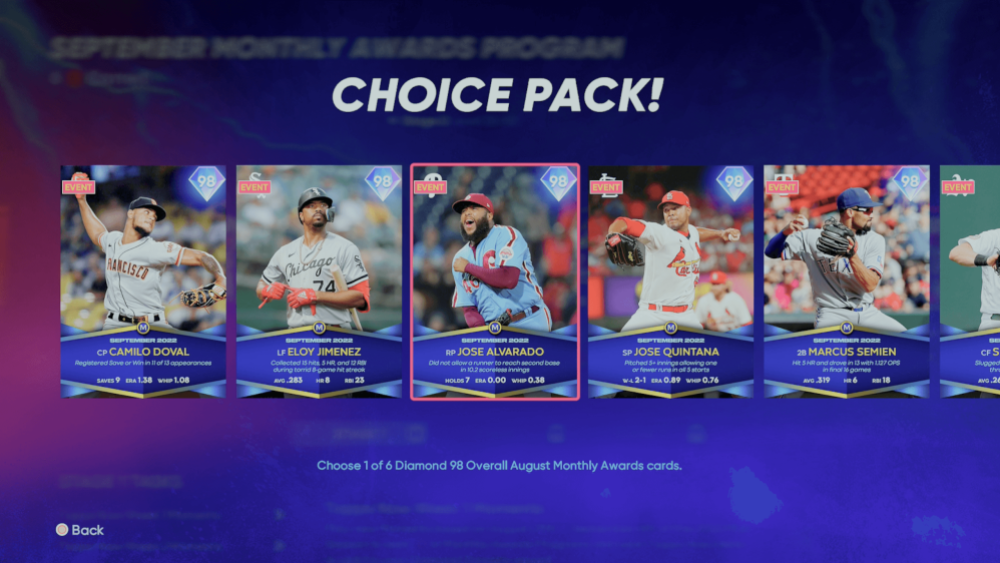
The inevitable lineout sessions that would occur made the grind even more annoying and often led to me banishing the Lightning Guy from my squad for eternity because it wasn’t worth the effort. That was the key difference. The grind was easy last year, which made the Lightning rewards more accessible. This year, it often took me 3-5 full CPU games on Rookie just to accrue all the PXP needed to continue in the program. Pitching PXP missions could go by way quicker when playing on Legend, but the offensive grind was still most efficient on Rookie. Again, I don’t think it’s a mystery why SDS made this change. If it takes longer to complete, then that’s less time people will be clamoring for new content. But it just wasn’t fun.
The more egregious error with Monthly Awards this year was the retro Monthly Awards Lightning players and how long it took to actually unlock them. This was an incredible addition and an example of innovation that SDS nailed. Including retro Lightning players is a phenomenal way to pump brand new, never before seen cards into the game with a unique card art to boot. But these players were placed towards the end of the Program, and it made absolutely zero sense. I get the premise that these were higher-rated cards and making them available toward the end of the month put them in line with the rest of the available content. But it just served as a boring tease, and the excitement often disappeared since other similarly rated cards were available by the time they became accessible.
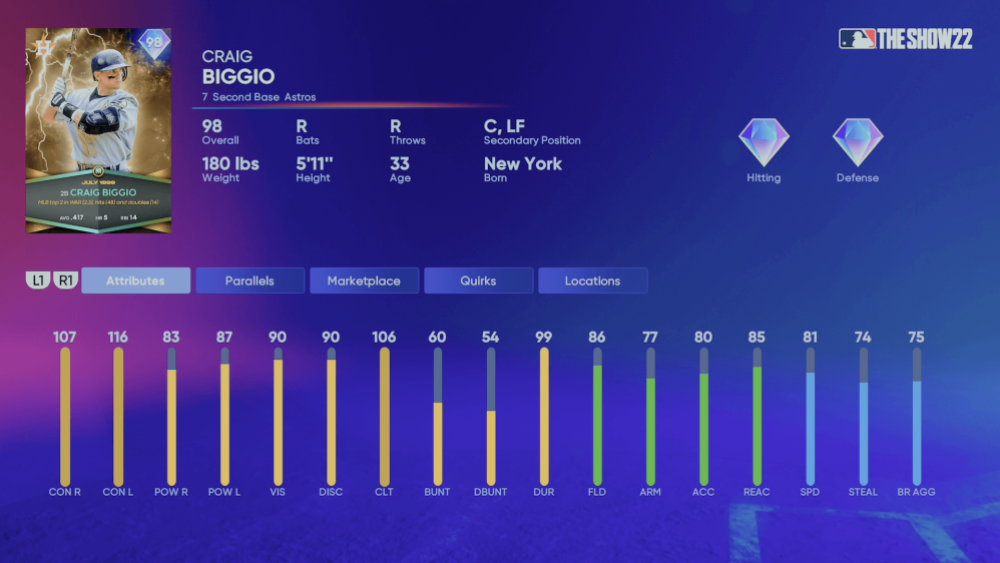
If SDS made these cards available after the second week of the Topps Now grind, it would get them in our hands sooner, and it would actually feel like a reward versus a trophy that sits in our binders. They could even make an entirely separate program/collection out of the Monthly Awards and feature a bunch of Lightning cards from the past. As presented, it was a cool idea that just didn’t hit the mark — a common thread for all of The Show 22.
As an aside, I did enjoy the weekly Topps Now structure within the Monthly Awards program. Knocking out the handful of weekly Moments, getting the Topps Now cards, and even getting some bonus Topps Now cards as collections was very welcomed.
Other Programs
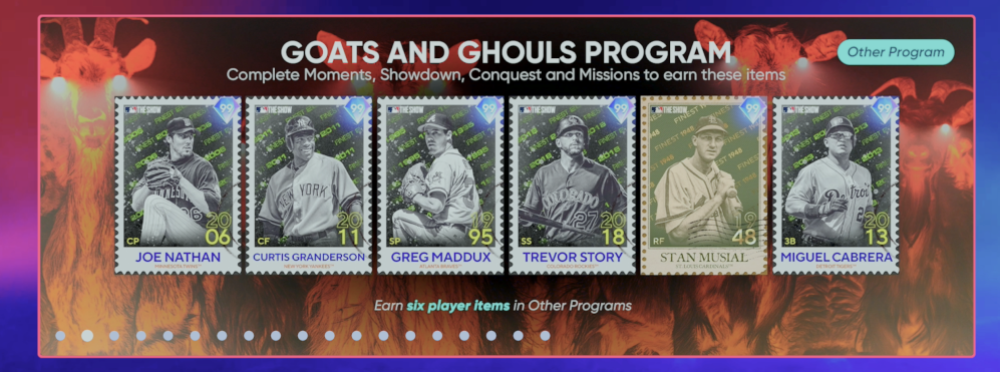
Speaking of Other Programs, this was simply a collection of every Program that was not a Featured Program. We got Player Programs like we’ve seen before and more extensive programs like Moonshot and Goats and Ghouls. These often ended up more fun than the Featured Programs just because the grind was, well, a grind. Doing a collection of missions and Moments to earn cards within the program, then grinding stats to continue along the path toward more cards is always enjoyable. Again, keeping these as stat missions is generally more enjoyable than PXP grinds. These programs were essentially ways to add new cards for free and that is always going to be a plus in my book. The fact that they didn’t expire and were available all year was a massive plus.
Coming up in Part 3, we’ll look at the game modes within Diamond Dynasty. Until then, how did you feel about Featured Programs this year? Did you enjoy the structure change or do you prefer the Innings Programs? Did you like the new Monthly Awards grind or prefer last year’s?


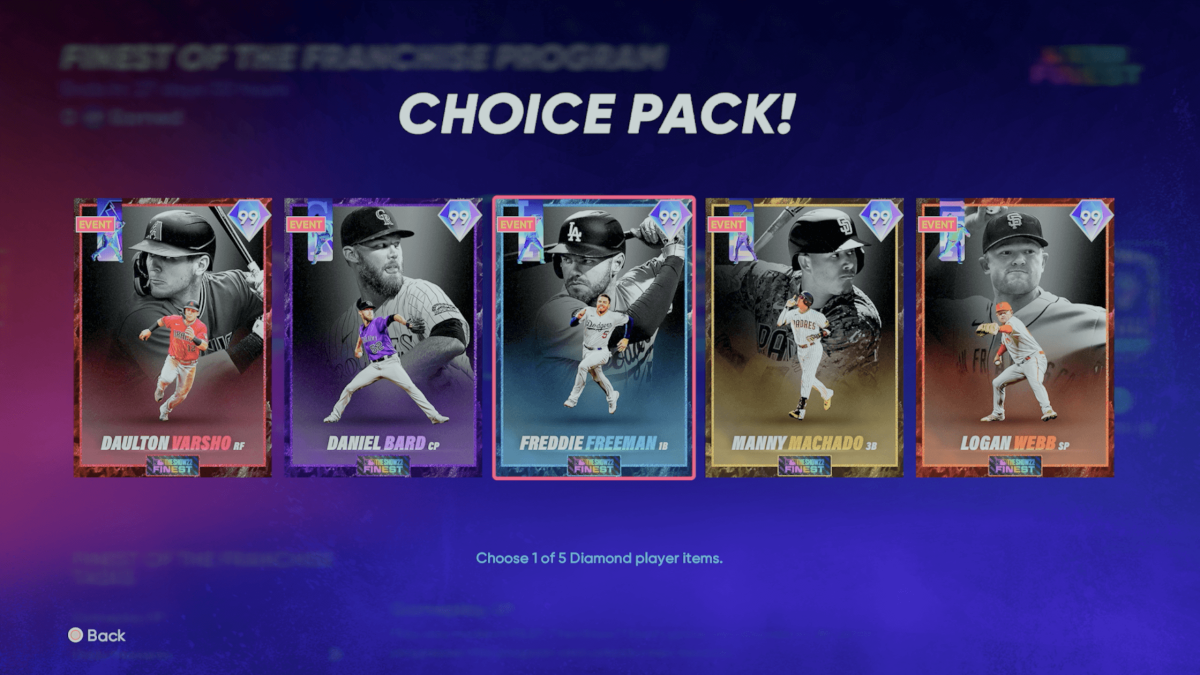
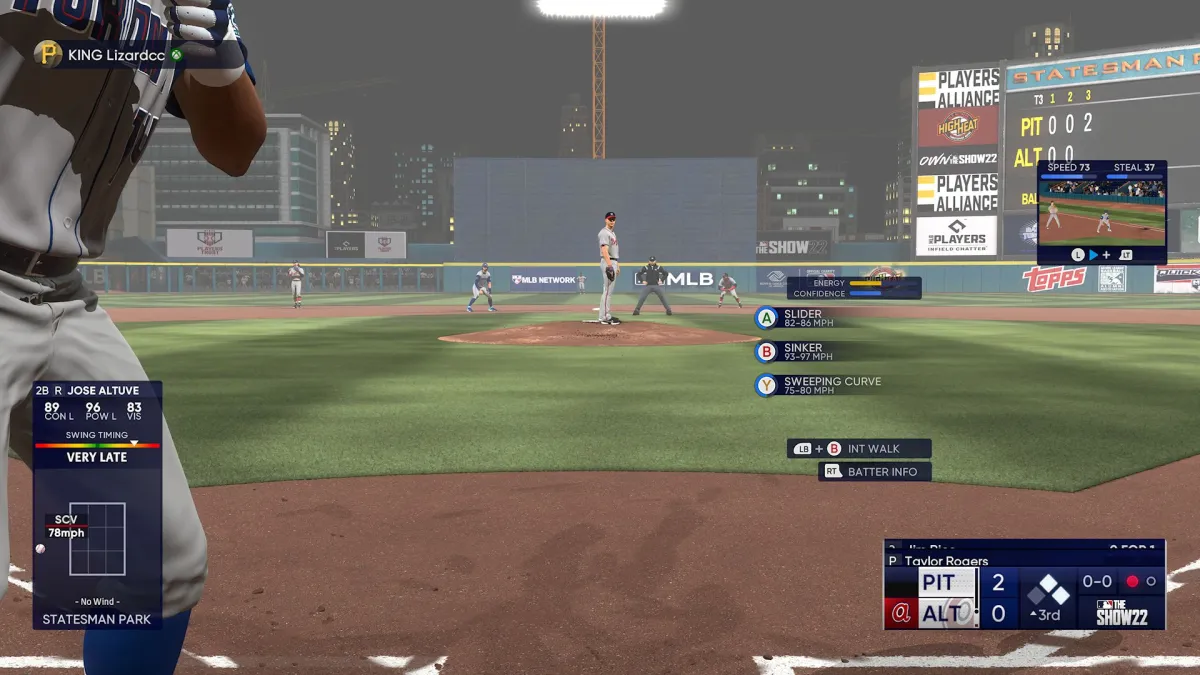
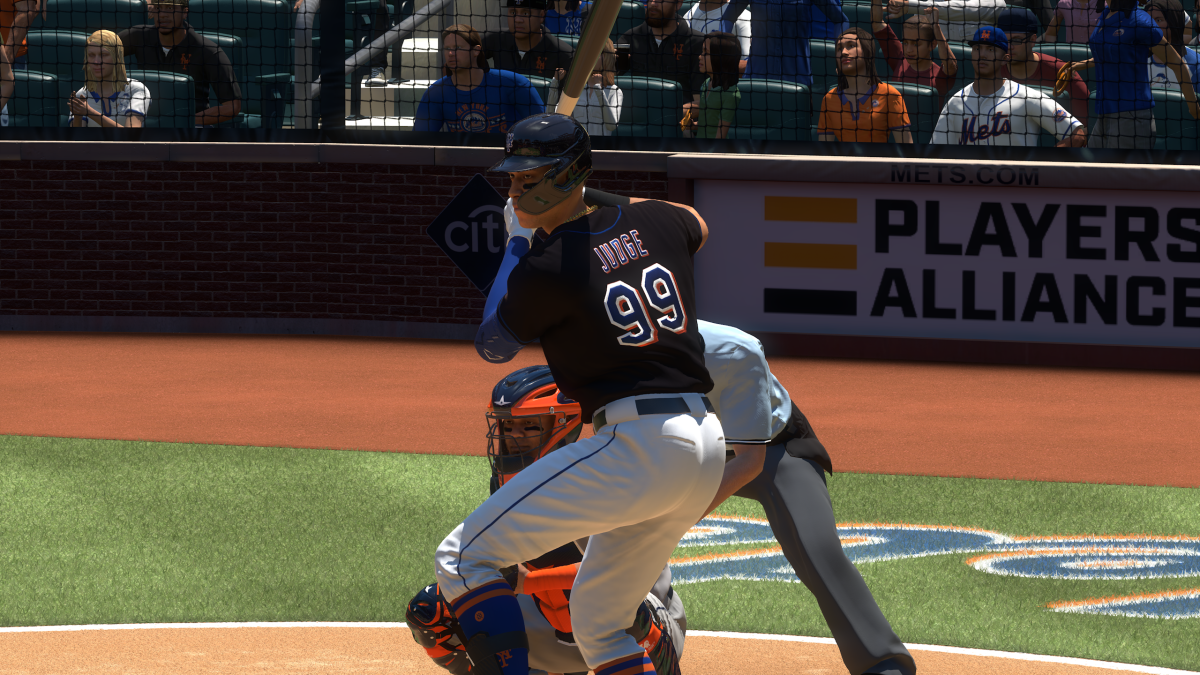
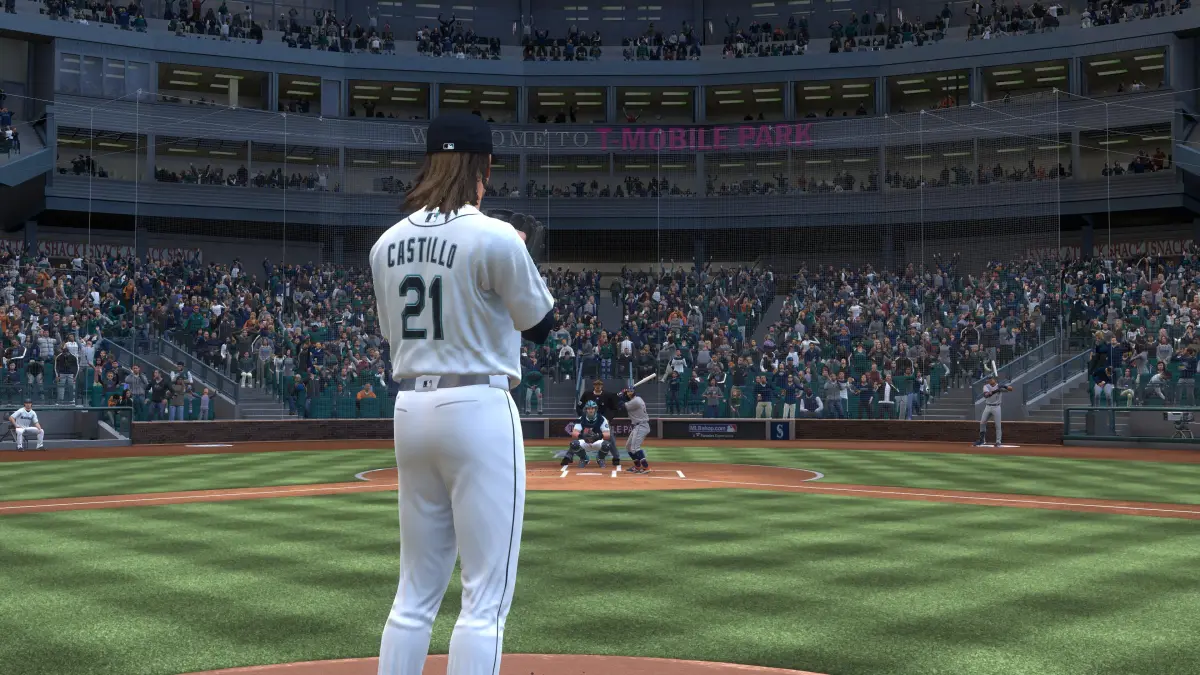
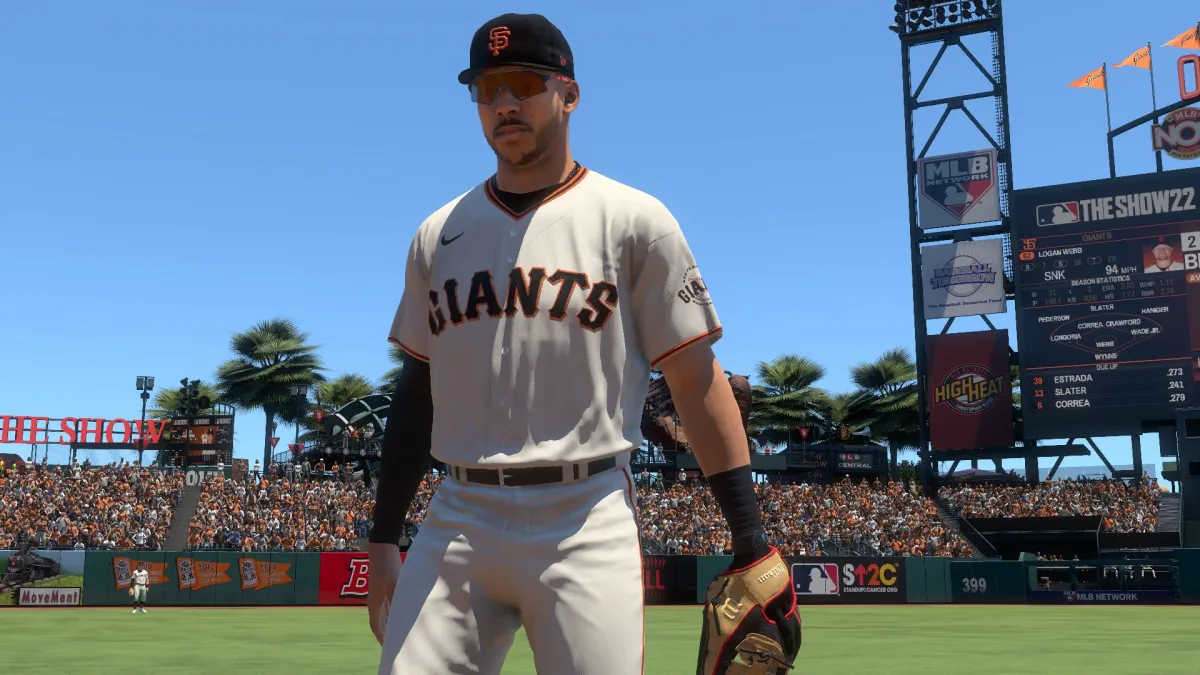


Published: Dec 14, 2022 04:40 pm